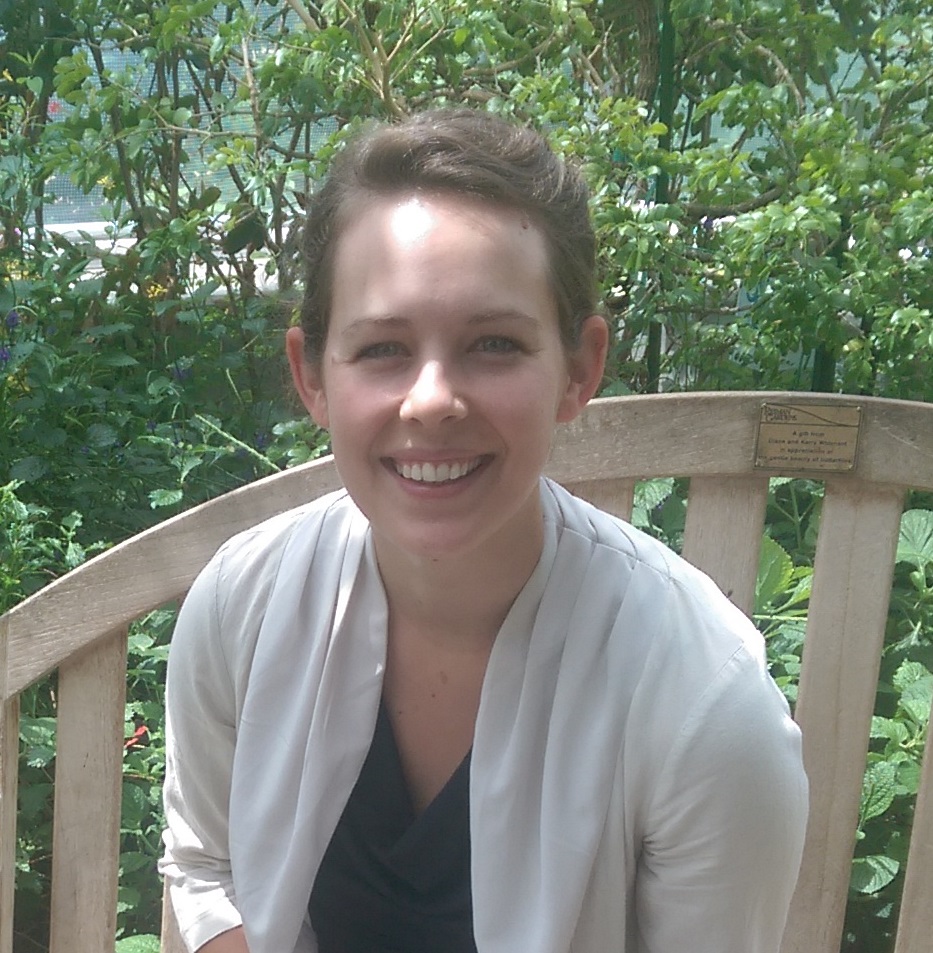Written by Laurie Nowatzke, Measurement Coordinator for the Iowa Nutrient Reduction Strategy, College of Agriculture & Life Sciences at Iowa State University
This week, the 2017 Annual Progress Report for the Iowa Nutrient Reduction Strategy was published. The report is the fourth annual progress evaluation of the NRS, and represents the continued improvement in communicating Iowa’s steps towards its goal of reducing annual nitrogen and phosphorus loss by 45%. For the first time, a summary infographic has been developed to pare down the in-depth report to its highlights.
Organizations across Iowa—public agencies, private entities, NGOs, and universities—form vital partnerships and have taken strides in the work toward meeting NRS goals.
- Funding for NRS efforts totaled $420 million in 2017, an increase of $32 million from the previous year.
- Annual outreach events reported by partner organizations effectively doubled in the last year, reaching 54,500 attendees in 2017.
- Wastewater treatment plants and industrial facilities continue to make commitments to improve their nutrient removal processes. Of the 151 facilities required by the NRS, 105 have received new permits; of those, 51 have submitted feasibility studies on potential technology improvements.
These increased efforts represent early inputs into the Strategy, allowing work to ramp up and begin influencing tangible change in the state.
Increased funding and outreach, along with the continued dedication of other inputs by partner organizations, are having an impact on the Iowa landscape.
- Cover crop acres have increased drastically, from just 15,000 estimated acres in 2011 to more than 600,000 acres in 2016.
- During that 2011-2016 time period, 36 nitrogen removal wetlands were constructed, treating 42,000 acres.
- Also since 2011, a net increase of 155,000 row crop acres have been retired under the Conservation Reserve Program, with total CRP land retirement nearing 1.7 million acres.
At this point, the extent of conservation practices in Iowa pales in comparison to what is likely needed to meet NRS goals. However, these steps forward represent very early change resulting from statewide NRS efforts.
The water quality impacts of these efforts will continue to be assessed. At least 88% of Iowa’s land drains to a location with a nitrate sensor, allowing researchers to evaluate Iowa’s annual nitrogen loss and detect potential changes in the nitrogen load reaching the Mississippi River. Ongoing research aims to provide similar estimates of annual phosphorus loads beginning in 2018. In addition, using models developed for the NRS Science Assessment, the Annual Progress Report provides an annual estimate of the nutrient reductions affected by the conservation practices installed across the state.
The Annual Progress Report, and other NRS documents, can be found at www.nutrientstrategy.iastate.edu.
 Laurie Nowatzke is the Measurement Coordinator for the Iowa Nutrient Reduction Strategy, in Iowa State University’s College of Agriculture & Life Sciences. She has a MA in International Relations & Environmental Policy from Boston University, and a BS from Wright State University. She is currently pursuing a PhD in Sociology at Iowa State University.
Laurie Nowatzke is the Measurement Coordinator for the Iowa Nutrient Reduction Strategy, in Iowa State University’s College of Agriculture & Life Sciences. She has a MA in International Relations & Environmental Policy from Boston University, and a BS from Wright State University. She is currently pursuing a PhD in Sociology at Iowa State University.